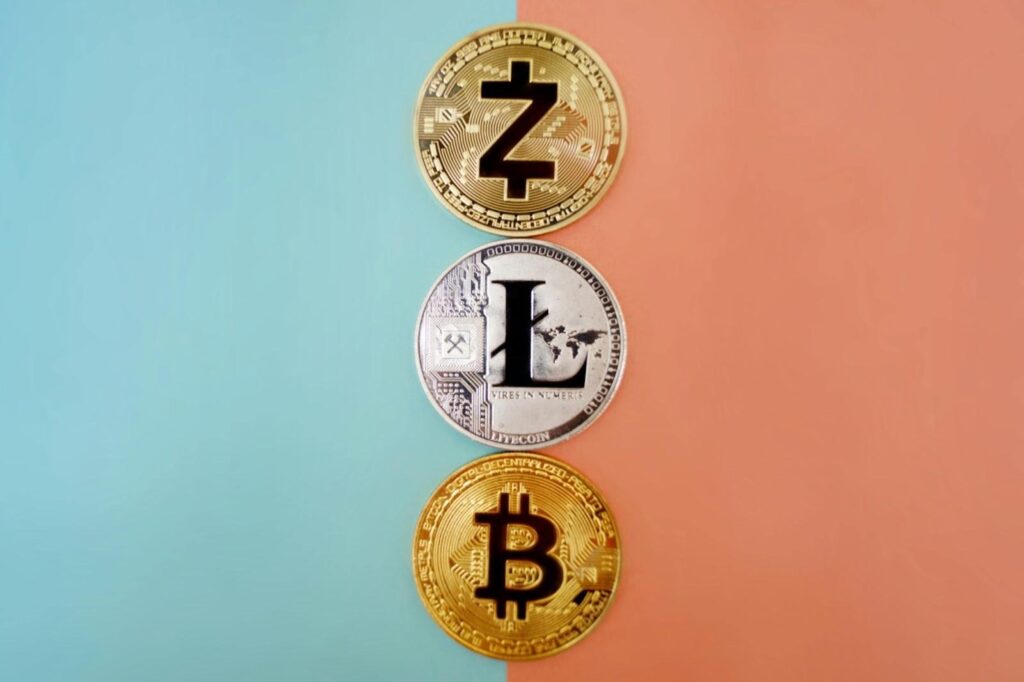
A new wave of decentralized cloud platforms is exploring ways to turn virtual machines and container instances into tradable digital assets. These systems allow users to stake tokens, rent computing resources, and guarantee uptime through token-based incentives. What was once managed by centralized operating systems is beginning to shift toward experimental, tokenized marketplaces where CPU, memory, and bandwidth can carry economic value.
Digital assets no longer exist only in cloud systems. The same token mechanics that underpin decentralized computing now appear across multiple blockchain-based sectors, from data markets to entertainment and even gaming economies. In this wider landscape, 99Bitcoins reviews gambling with crypto in online gambling as part of an emerging ecosystem where value exchange happens through verifiable and transparent transactions rather than intermediaries. It illustrates how blockchain logic reshapes participation — not by promoting speculation, but by redefining trust through code and consensus.
In these environments, tokens move beyond currency to act as access keys, loyalty markers, incentives, and performance metrics. Players, developers, and system operators interact in systems where every transaction is auditable, and rewards are governed by shared protocols instead of centralized oversight. The same infrastructure that secures decentralized finance or peer-to-peer gaming can inform how compute power and digital storage are distributed across open networks.
This growing convergence between digital economies and technical architecture hints at a broader reorganization of the internet’s foundations. From tokenized marketplaces to programmable infrastructure, blockchain-based coordination continues to blur the line between resource, asset, and incentive.
In this new structure, compute providers issue tokens that represent access rights or performance guarantees for virtual machines. Users can stake or hold tokens to reserve processing power, bid for priority access, or secure guaranteed uptime. It’s a radical blend of OS-level virtualization and market mechanics, where digital infrastructure becomes liquid and programmable. Instead of long-term contracts or static pricing, virtual resources move dynamically, traded like assets on a decentralized exchange.
Several decentralized compute projects are already experimenting with this model. Networks are emerging that tokenize idle GPU and CPU capacity, letting operators rent their unused power to global users. Some of these experimental markets use smart contracts to verify availability, performance, and reliability without relying on central authorities. The idea is simple but powerful: transform global excess compute into a self-regulating, incentive-driven economy.
Tokens play three major roles in these environments. They function as payment for virtual machine time and container leases, as staking instruments to prioritize workloads or signal demand, and as governance tools that enforce uptime and reliability. If a provider underperforms, staked tokens can be slashed. This transforms reliability from a promise into an enforceable economic mechanism. The more reliable the node, the more valuable its stake.
Architecturally, proposed tokenized VM markets rely on four main components. A registry lists available machines and containers. A marketplace layer handles bids and leases through smart contracts. Tokens serve as both the transaction medium and performance bond. Finally, an automated monitoring system tracks uptime and resource performance to ensure transparency. Together, these parts build a self-sustaining cycle of demand and supply governed by code rather than corporate policy.
This approach challenges the traditional cloud model, where centralized data centers dominate. Instead, decentralized platforms aggregate spare compute resources from thousands of contributors. They could reduce infrastructure waste, lower entry barriers for developers, and spread control across a global network. What emerges is an open computing fabric that rewards reliability, efficiency, and availability through transparent token economics.
For operating systems and container orchestration layers, this shift could be transformative. Instead of static allocation rules, OS-level schedulers might one day integrate market signals directly into their decision-making. Tokens may eventually act as micropayments that dynamically steer resource distribution, allowing workloads to compete for compute power in real time.
The result is a computing economy that operates in real time, balancing load and value through transparent incentives. Virtual machines operate as dynamic assets, containers as units of productivity, and the entire computing stack edges toward autonomous coordination. Token economies don’t just change how compute is bought or sold—they redefine how digital resources are organized and shared.
